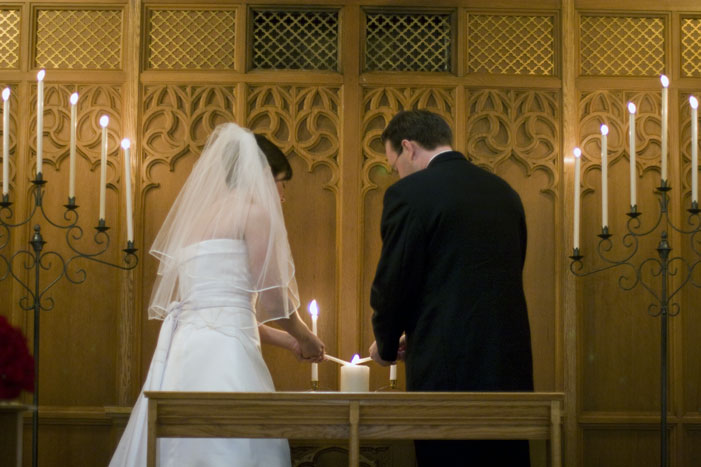After budgeting for just one month, I am amazed at how empowering it is! I suddenly feel this huge weight lifted off my shoulders. Now that I’m monitoring where each dollar goes, I feel like we have so much more money than we did before.
At the beginning of the month, we looked over our past spending habits (we’d been tracking our spending with Mint.com for almost a year). Based on that data, we budgeted for all of our fixed expenses and set limits for ourselves for discretionary spending like groceries, pet expenses, cleaning supplies and toiletries, etc.
We came in $200 under budget for the month! That’s mostly due to the fact that we paid Tony’s health insurance for August when we signed him up back in July. But, hey, we didn’t go over our budget, so I’ll take it. :)
In all seriousness, we didn’t go over budget in ANY of our categories. It is so encouraging to look at our budget graph and see all of that green! In the past, it’s been a big mess of bright red alerts. We came in $46 under budget in groceries, $13 under budget in our miscellaneous “shopping” category, and $31 under budget in the pet expenses category.
I could probably lower the pet budget from $50 to $25 a month since we began putting money aside for Howie’s vet expenses, but I think I’m going to leave it at $50 for now since he has some vaccinations and a yearly physical coming up. We’ve only been putting vet money aside for a month, so we might need that extra money in the months ahead. In a few months, I’ll average out our monthly pet expenses and use that number for future budgets.
We were able to painlessly send $325 toward our last little bit of credit card debt and throw a total of $300 into our savings accounts.
I’ve only been doing this for a month, but I already can’t imagine life without a budget. Even when we were making twice as much money as we are now, I felt so helpless when I thought about our finances. I felt like we had no control over our spending, no matter how hard we tried to “cut back.” Sticking to a budget was surprisingly easy once we spelled it all out for ourselves.
I’m also looking forward to making changes to our budget coming up. For instance, winters are mild in North Carolina, so we’re expecting our energy costs to cut in half this fall and winter. (Keeping the apartment cool in the high summer temperatures is way more expensive than staying warm in the winter.) We’ll probably pay $40-$70 a month for electricity November through April, compared to $100-$140 during the summer months.
I have no clue what we did with that extra $60-$100 a month last winter. For the first time ever, I feel like we’ll be able to put that extra money to work and make some headway on our debt and savings instead of spending it mindlessly.
Our goal for next month is to lower our grocery budget. This month I set it at a super high $400. Yikes. Now that we’re spending between $50 and $60 a week, I want to lower it to $350. Yes, I realize that’s still super high, but I’m shooting for baby steps here. If we can hit $350 or lower next month, then it won’t be so hard to hit $300 in October. The plan is to keep lowering that until we hit our threshold for savings.
Woo hoo! Budgeting is fun! :)



